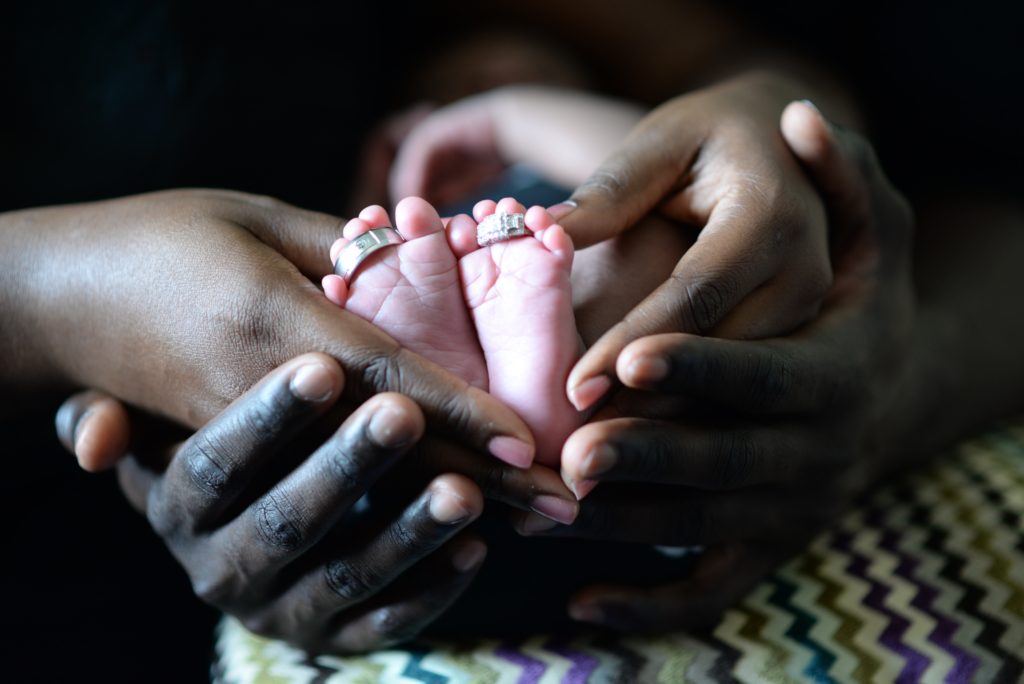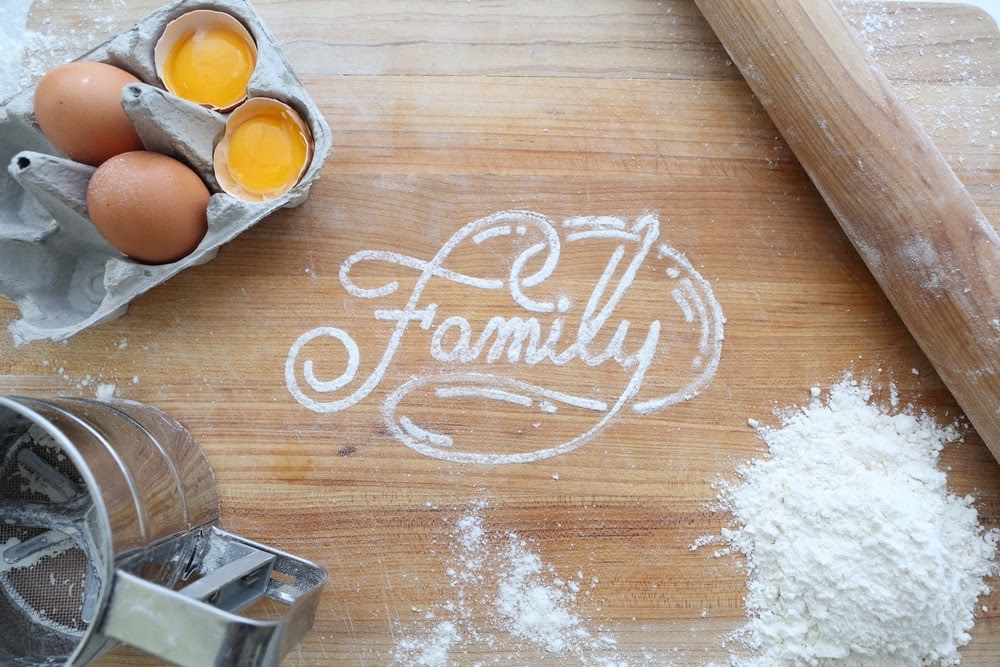When it comes to adoption and the many different aspects of it, it can definitely be confusing, both for the expectant mother and the prospective adoptive parents. When you’re expecting, but before you decide that you want to place your baby for adoption, you may want to know the different types of adoption and how they function and which would be in not only your best interest, but your baby’s as well. For prospective adoptive parents, you may also want to know all the ins and outs of how adoption works and the adoption type that will work best for you.
What is Adoption?
Adoption, to some, seems like such a frightening word Regardless of what your position in life may be, a teenager finding yourself pregnant, possibly with no support system, a couple who is infertile and cannot have children of your own, a couple who cannot get pregnant anymore but would like more children to round out your family, or an individual who does not necessarily want to get married, or just have not found the right person to spend your life with but want a child. Adoption can be for everyone. As Jamie Giesbrecht states on adoption.com, adoption means more than just looking it up in a dictionary—in fact Merriam-Webster states that adoption is, “to become a parent to a child that is not biologically yours—but Giesbrecht goes beyond that to say, “To adopt means that a child is given a permanent home and family—forever!” I like her definition because it encompasses the feel of what the word means as well as the general meaning.

As I stated earlier, there are different types of adoption and there are distinctive options within those types. Let’s start with the types of adoption available.
- Domestic Adoption
What does domestic adoption mean? This is the most common type of adoption. According to Adoption.org, “Domestic adoption is the term used when the adoptive parents, birth parents, and the child live within the United States. The entire adoption process, including initial placement, background checks, consent, and finalization, is regulated by state law and policy.”
In regards to domestic adoption, birth mothers (or birth parents if the birth father is available) once they have chosen to place their baby for adoption, are given the opportunity to choose the family or individual who will raise their baby as their own. This used to be a more daunting task than it is now due to the fact that birth parents had to go through files manually, which meant lots and lots of paper to read and go through. Now there is a thing called photolisting which allows the birth mother (birth parents) to learn about the different families or individuals who are looking into the different types of adoption. Within domestic adoption, there are three groups that the birth mother , and prospective adoptive parents, once they are chosen, can decide which works best for their circumstances.
- Closed Adoption: Closed adoptions were the only kind a birth mother could choose a long time ago— they often had no choice— this means that once the baby is placed with the agency or prospective adoptive parents, the birth mother has no idea who adopts her baby, where they live, or even how her baby grows up. This one can be hard because if an adopted child wants to find his/her birth mother or birth parents, most of the time the files are sealed and the agency will not give him/her any of the information wanted.
- Open Adoption: This one is still a relatively new idea when it comes to adoption, but it is not as taboo as it once was and is used more and more. Open adoption means that the birth mother and the prospective adoptive parents work together to choose how much contact the birth mother may have with their child through letters, video, photographs, social media, and perhaps even visitation. If this sub group is chosen, there can be a visitation schedule set when the judge finalizes the adoption. In some ways, open adoption can be easier on both sides because they can grow together as parents and friends, but if the adoptive parents decide later on that there is too much contact, it is within their right as the parents of record to “tighten the belt” on the amount of contact.
- Semi-open Adoption: As it stateson Adoption.org, “a semi-open adoption is an adoption where some identifying characteristics are shared (such as first name, area where adoptive family lives, etc.) but still maintains elements of a closed adoption and a barrier to contact. Some contact usually occurs in a semi-open adoption such as an adoptive family sending updates or pictures to the birth family, whether that be through an agency, facilitator, or through a private email account. Semi-open adoptions usually do not have visits, phone calls, Skype, or another form of continuing, constant contact.” This type, if I were the birth mother, might be the easiest because although I would get to know some things about my baby as he/she grows up, the child would still know who her parents are and who I am.
As you can see, there are many parts to domestic adoption, but both sides must choose what is best for them, their families, and the baby or child in the long run.
- International Adoption
International Adoption is where the prospective adoptive parents adopt a child from another country. This is also known as “intercountry adoption.” There are many countries that do not allow this, but some that do are Syria, China, Guatemala, Haiti, and South Korea. You may want to use an agency and/or adoption attorney when going through these types of adoption.
International adoption is often expensive because there are a lot more fees to pay such as the application, home study, post placement, pre-adoption education—this is something that all prospective adoptive parents must take regardless of the types of adoption they choose—coordinator, documentation, country program, referral review where an international doctor makes certain that the child in question is healthy; the United States Citizenship and Immigration Services (also known as USCIS), visa, and travel. The fees and costs in and of themselves can make intercountry adoption hard. But each country has their own set of rules on how different types of adoption are completed and some of those rules can be difficult to follow to say the least. In the end though, should you choose this type of adoption, you may want to consider what you will tell the child regarding their culture. Will you talk with them about it? Not bring it up? Celebrate it? Those are some things you want to think about when looking at international adoption.
- Kinship Adoption
Kinship adoption, also known as ‘relative adoption’, is just what it sounds like, “An individual who is already related to a child undergoes court proceedings to make him the child’s legal parent. For this new parental relationship to be created, though, the biological parents’ rights must be legally terminated; there cannot be two sets of parents for the child,” . This type of adoption can happen if the birth parents are unfit; they might have a drug or alcohol problem and neglect their child/children meaning that the children fend for themselves, sometimes living on the streets and, at others, stealing food because their parents only feed their habit. It can also happen if the parents pass away. It is often already beyond difficult when children lose a parent, but if they are required to become wards of the state, the children could be split up and put in separate foster homes. However if there are relatives, the court system prefers to place these children with relatives they are familiar with like grandparents, aunts and uncles–leaving that biological element intact. This can make the heartbreak of losing a parent and going through the grieving process a little easier to swallow and deal with if the child is with someone they knowThis type of adoption is on the rise; grandparents adopting their grandchildren more and more.

- Foster Adoption
What exactly is foster adoption and how do you go about participating in such a thing? Foster adoption is where you become a foster parent first, completing all the steps needed to reach that status. Then, you lovingly take in children who need love, attention and much needed time. If the child is available for adoption, and over the course of your time together, you have become attached and love one another and feel you could be a good permanent match with the child, you can begin the process of adoption. Some say this can be the easiest type of adoption because foster parents may already have kids in their homes. Fostering is often difficult because children can be placed in or removed from your home overnight. It seems that older children are generally the ones to not get adopted. There are many children who age out of the system, which means once the child turns 18 years old they can be left to their own vices with no support or back up and many of them may end up living on the streets.
Fostering children can be a reward in and of itself but adopting one of those children… or two… or three, can be that much more rewarding. First taking in children who need homes and then providing them with a forever family can be an honor.
- Transracial Adoption
Transracial adoption, according to an article on Adoption.org is “an adoption where the adoptive parent(s) are of one race, but the adopted child belongs to another race.” The one we seem to see the most is Caucasian parents adopting African- American children/babies. This type of adoption is becoming more commonplace than it used to be.

As stated in Time magazine, there are some extremely interesting statistics regarding transracial adoption. According to the Department of Health and Human Services, there are more than 40% transracial adoptions that take place one more than ever before. In 2004, it was only 28% so there’s been a substantial climb.
Some myths that the article goes over include:
- Myth I: Color Does not Matter
- In reality, color does matter. Transracial children, just like any other child, do not want to look different then his/her parents.
- Myth II: If I talk to my kids about race (whether they are biological or adopted), I’ll create an issue
- It is vitally important that, as parents, you have an obligation to your children, biological or adopted, to explain the racial differences and answer all their questions but never let them think that the color of their skin or their culture will not make you love them any less.
- Myth III: No matter what, a good school is what is best for my child
- “‘Black children had a greater sense of racial pride when their parents acknowledged racial identity, moved to integrated neighborhoods, and provided African American role models.’ The report also found that black kids whose white parents minimized the importance of racial identity became reluctant to identify themselves racially.”
- Myth IV: You are the hero of your child’s story
- No matter what culture your children come from, whether they are Chinese, African-American, South Korean etc., adoptive parents can be his/her hero because they are not ashamed to talk with their children, not be afraid of the child’s culture but learn all you can about it, and celebrate the child’s culture.
As you can see by reading this article, there are several types of adoption and groups within them. Navigating each one can be hard, but it can be easier when you have someone to explain each type and each sub group in layman’s terms. I hope you find this article interesting and useful in helping you understand what each means and to be able to assist in your decision when it comes to adoption.




